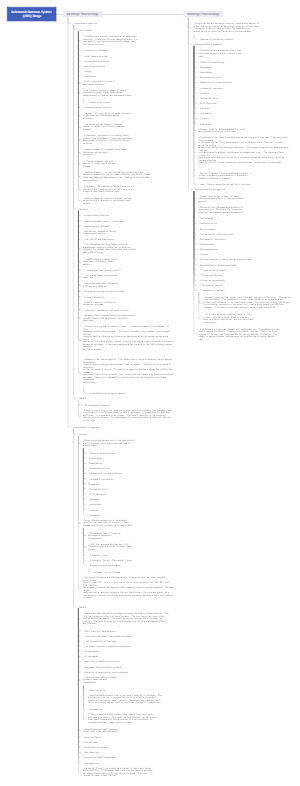Used to explain the relationship between a substrate and an enzyme. In this analogy, the lock refers to an enzyme while the key symbolizes the substrate.
Only the correct key (substrate) fits into the lock's (enzyme) keyhole (active site)
A substance produced by a living organism that acts as a catalyst to bring about a specific biochemical reaction
Enzyme names end in -ase and are often based of the substrate
EX: DNA Polymerase, Alcohol Dehydrogenase, Lactase
Developed from amino acids and are classified as proteins. Enzymes are made up of a string of 100-1,000 amino acids in a very specific and unique way. The strand is then folded into a shape associated with the enzyme.
Enzymes are tasked with controlling the speed of chemical reactions in the body
Regions on an enzyme that binds to a protein or other substance during a reaction
When the active site on an enzyme makes contact with the proper substrate, the enzyme molds itself to the shape of the molecule
Molecules tasked with binding to an enzyme and assisting in a reaction. These can bind and react with many different enzymes.
A substance or layer that underlies something, or on which a process occurs; the substance on which an enzyme carries out reaction
Foods Abundant in this Co-Enzyme
Foods Abundant in this Co-Enzyme
Sunflower Seeds, Avocados, Corn
Foods Abundant in this Co-Enzyme









